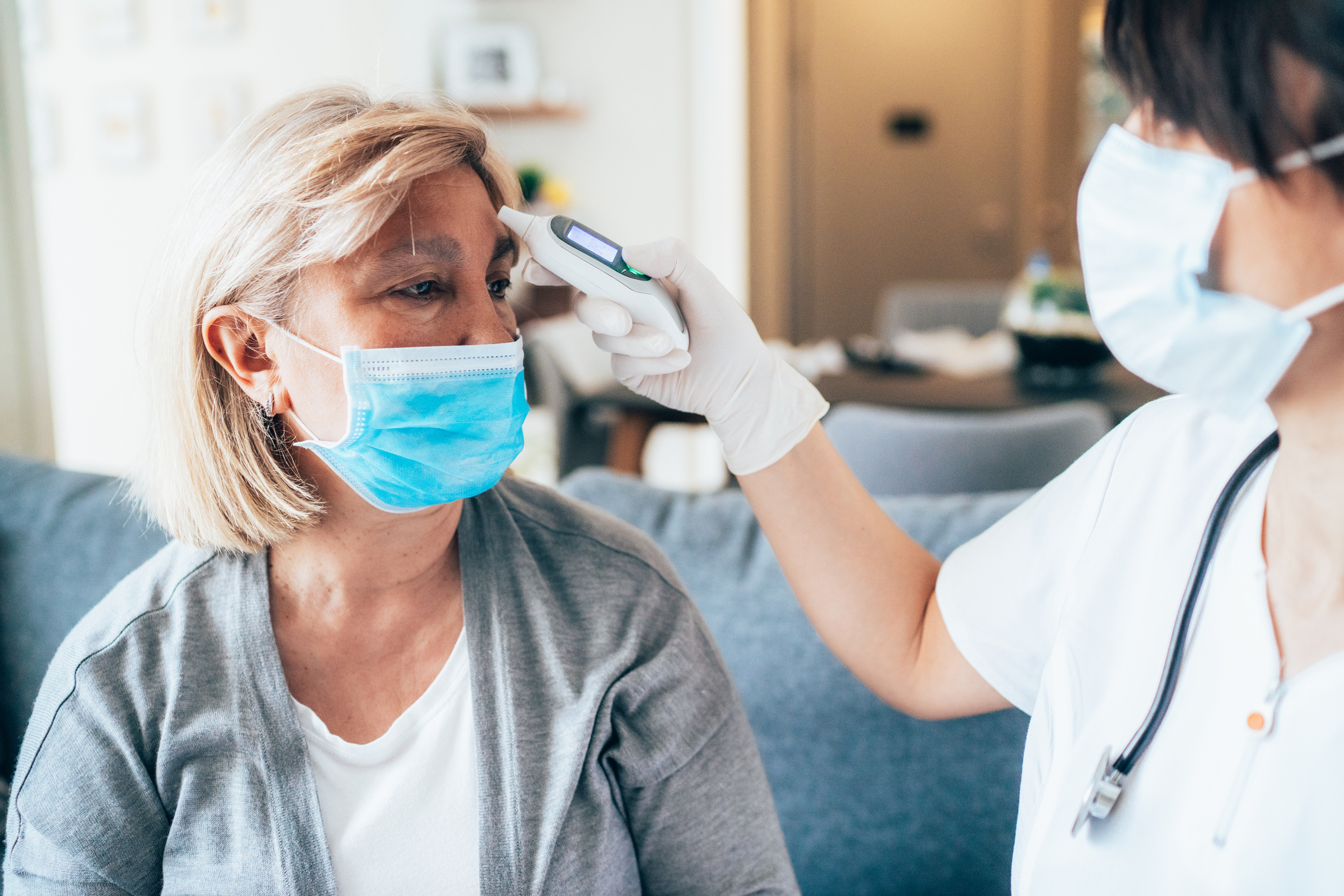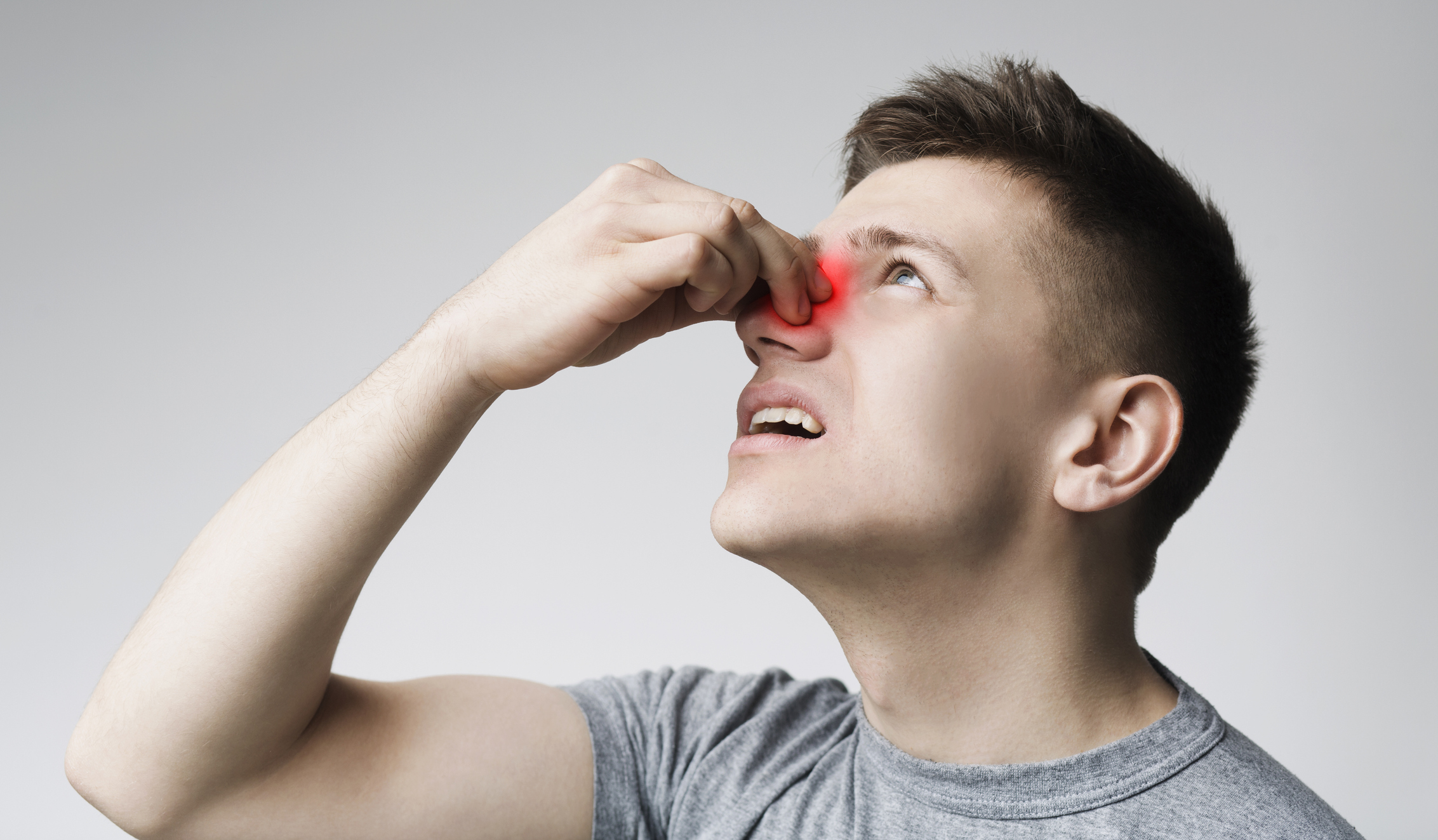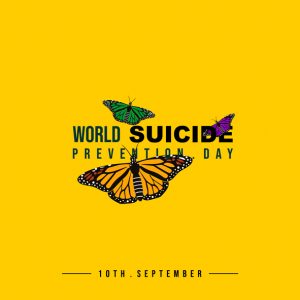According to the Mayo Clinic, Bursitis is a painful condition that affects the small, fluid-filled sacs called bursae that cushion the bones, tendons and muscles near your joints. Bursitis occurs when bursae become inflamed. The most common locations for bursitis are in the shoulder, elbow and hip.
Although Bursitis typically affects the shoulder, elbow and hip, it can also affect your knee, heel and the base of your big toe. Bursitis often occurs near joints that perform frequent repetitive motion.
Some symptoms of Bursitis are:
- Achy or stiff joints
- Pain when the joint is moved or touched
- Redness and swelling in the affected area
The treatment of Bursitis usually includes resting the inflamed joint and guarding it from further trauma. Bursitis pain can last for a few weeks and is prone to recurrent flare-ups.
If the pain in your joints persists and traditional home remedies aren’t providing relief, may want to seek the opinion of a medical professional. If you’d like to schedule an appointment at the Flushing Hospital Medical Center’s Ambulatory Care Center, please call 718-670-5486.
For more information about Bursitis visit: mayoclinic.org
All content of this newsletter is intended for general information purposes only and is not intended or implied to be a substitute for professional medical advice, diagnosis or treatment. Please consult a medical professional before adopting any of the suggestions on this page. You must never disregard professional medical advice or delay seeking medical treatment based upon any content of this newsletter. PROMPTLY CONSULT YOUR PHYSICIAN OR CALL 911 IF YOU BELIEVE YOU HAVE A MEDICAL EMERGENCY.










